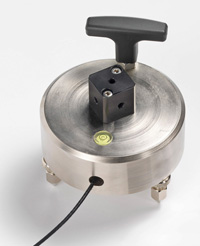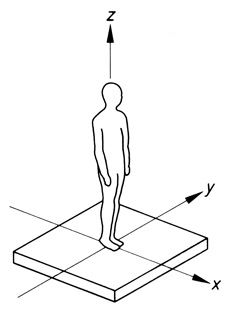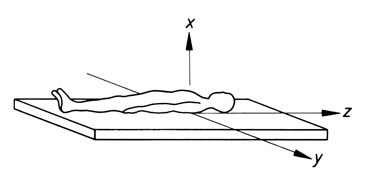|
|||||
Measurement of the vibrations of the buildings
General
The vibrations in the buildings can be annoying for the people exposed and, if very intense, can produce architectural or structural damages. The vibrations can come from:
|
|||||
General
The vibrations in the buildings can be annoying for the people exposed and, if very intense, can produce architectural or structural damages. The vibrations can come from:
traffic, in particular on rails (train, tram, metro) and heavy (truck, bus);
fixed machines installed in the plants (mallets, looms, etc.);
building and road works (driving in poles, excavations, etc.).
The measurable vibration levels depend on the type of source, source-building distance, characteristics of the ground and building structure.
In regard to the effects, you should remember the annoyance from the noise produced by the conversion of the vibrations.
The norm on this type of vibrations is the ISO 2631-2. As the vibration levels on buildings are generally low, this part of the norm does not evaluate the effects of vibrations on the health and security: the maximum levels of daily exposure A(8) are not defined like in the other sections of the norm ISO 2631. Instead, the exposed persons' comfort is assessed.
There are other norms on the assessment of the effects of building vibrations. For example, in regard to their structural response. For example, the norm UNI 9916/2004 assesses the vibration levels that could damage the building or limit its specific function, due to disturbances caused by vibration sources such as work sites, explosions, machines and road and railroad traffic.
Positioning, orientation and mounting of the accelerometer
When you measure the vibrations transmitted from the building structure to its occupants, you can use the high sensitivity accelerometer HD3233A, mounted on the HD2030AC5 block fastened to the floor.
 |
 |
|
| HD3233A | HD2030AC5 |
The accelerometer should be connected to the right triaxial input of the instrument with the cable HD2030CAB3-3M.
The cable of the accelerometer should not be pulled or bent, particularly near the sensor. Moreover, it should not be free oscillating to avoid fake results in the detected signal (triboelectric noise). Therefore you need to fix the cable near the transducer with adhesive tape.
The definition of the measurement axes is the same of the section concerning the whole body measurements. Since the position of the exposed person (standing, seated, supine) can change with time, the direction of the vibration is referred to the building and not the human body.
 |
 |
|
 |
||